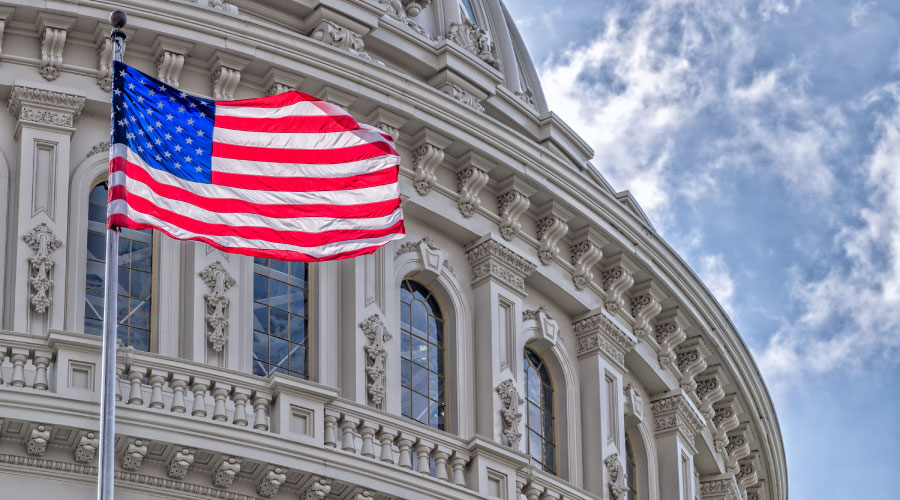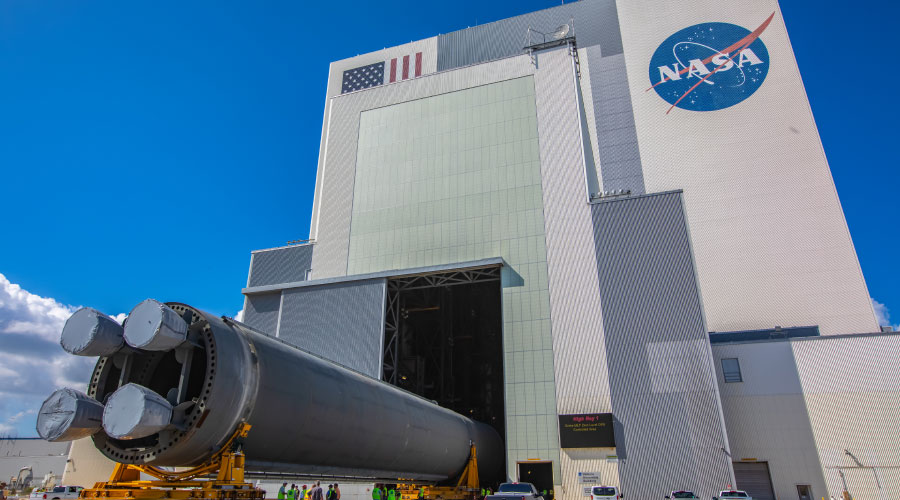
Preparing Government Facilities for the Changing Workforce
As work-from-home and hybrid work models continue to grow in popularity, facility managers at government facilities respond to the changes. August 28, 2023
By Dave Lubach, Executive Editor
Government facilities, like most institutional and commercial facilities, are experiencing significant change in the aftermath of the COVID-19 pandemic.
As more employers opt for alternative work models such as working from home exclusively or hybrid, federal, state and municipal government facilities are trying to adapt. A major challenge for these agencies is reimagining the workplace and finding enough appeal for government workers to not only return to the office but provide enough amenities there to help convince these workers to stay instead of heading to private firms.
Bob Hunt and Kameshia Freeman of commercial real estate company JLL recently talked with FacilitiesNet about these changes and how facility managers are dealing with them.
Hunt is the group managing director for government and education for JLL and is a former architectural planner. Freeman is the senior vice president for government and education for JLL and a former longtime employee of the General Services Administration.
FacilitiesNet: The average age of a building in the government sector is 37.5 years old. How much of a concern is that?
Hunt: Deferred maintenance is a crisis in America everywhere. But if you look at government in general, it’s a consistent challenge, because what often happens is they have a repair and renovation fund that they’re supposed to be contributing a percentage to. But if it’s state and local and they go through a recession, (repair and renovation) is the first fund they raid, so you’re always chasing your tail.
FacilitiesNet: What are some of the primary challenges that facility managers in government settings are facing these days?
Hunt: They’re just not getting enough funding to take care of the buildings. In many cases the facilities professionals do a good job. It’s like if your car’s got a $2,000 problem and you’ve only got $800, you’re still going to have a problem with your car, no matter how you spend that $800.
Freeman: From a federal perspective, if we’re looking at some of the constraints that the facilities managers have, a lot evolves around the remote work or the hybrid working environment and getting their staff back into the office. One of them is implementing quality control procedures post-pandemic. They don’t have that front-line interaction with the customers as they did pre-pandemic. They have to be very meticulous with how they’re communicating with their client.
FacilitiesNet: There was a trend for more employees to remotely that started before the pandemic. Did the pandemic speed that process up?
Hunt: A Gallup poll came out not that long ago that said 8 percent of the workforce worked fully remote prior to the pandemic. Now 32 percent of the workforce does. Hybrid work was about 28-30 percent of the working population prior to the pandemic, so yeah, it was growing. Hybrid work is now closer to 60 percent. The thing that’s really going away is the idea that you go into the office Monday through Friday. That creates all kinds of facilities challenges about how you manage heating and cooling systems when you have variable populations. In some cases, you only have 20 percent of the workforce coming in, but you’ve got this massive building that you’ve got to figure out the control systems in. I think it puts a lot of pressure on the facilities management folks to figure out how you adapt a building to a fluid and less populated facility.
Freeman: We’re putting sensors in place helping the federal government because we really need to track how space is being used, how much foot traffic the federal government buildings are receiving, and how often the restrooms need to be cleaned because that building could be 20 percent or 30 percent utilized and you’re cleaning the restrooms on a regular basis.
FacilitiesNet: What kinds of things are government entities doing to adapt their buildings?
Hunt: What government facilities are trying to do is create an amenity rich experience as a way of drawing the people back into the office, but the private sector could do things like give you ‘Free Lunch Wednesday.’ We’re going to give you coffee and everything that’s free and create all these different amenities. The government doesn’t have those tools. Taxpayers are like, ‘Oh, what do you mean you are paying federal employees to have lunch?’ So, they have a lot of facilities that they own, and they have a fairly large lease portfolio too. If you’re building a hybrid work environment that usually means going to some sort of a hotel desk solution just so that you’re managing areas. Research has been consistent for three years asking people what they miss about the office, and nobody misses their cube. What they miss is not having this meeting here in person, the collaboration, the socialization. The shift in office design is going to play out over years. Nobody is going to spend all the money upping the level and quality of team spaces and the collaborative spaces. If they’ve got workstations you take 60 percent of them offline, keep the balance, and reinvest some in team spaces and start trying to reduce your footprint. But the challenge in reducing the footprint in the federal sector is that you have agencies that occupy a whole building at 700,000 square feet and they can give back 200,000 square feet, but they’re in the same building. Unless you can get agencies to co-locate with one another, which historically they’ve not wanted to do.
Freeman: I think you can make your buildings more energy efficient and try to create spaces that provide opportunities to make it feel as if employees are at home. Structure that environment so they are as comfortable in their work environment as they are in their home environment.
FacilitiesNet: If we look into a crystal ball 10 years from now, what does the workplace look like for government facilities?
Hunt: I don’t think the office is dying. I think it’s going to morph and you’re going to find that the world is a hybrid world moving forward and that there will always be a small portion of the population who want to work fully remotely. I think the five-day-a-week office is going to go by the way of the dinosaurs except for a few holdouts. There are a lot of jobs that physically require you to be in the workspace at all times. Doctors still have to be in the hospitals, nurses have to deliver care, police have to be in the cruisers.
Freeman: I think we’re going to see some sort of hybrid continue moving forward and it won’t be for everyone – the maintenance frontline staff, they never left the office during COVID. You’re going to see a form of hybrid to continue to move forward with a lot returning to the office, especially management, in the federal agencies, where they require 50 percent of their management to return to the office. And you’re going to have new hires and people who want to grow. They will want to come into the office and connect with those managers.
Dave Lubach is the executive editor for the facility market.
Next
Read next on FacilitiesNet












